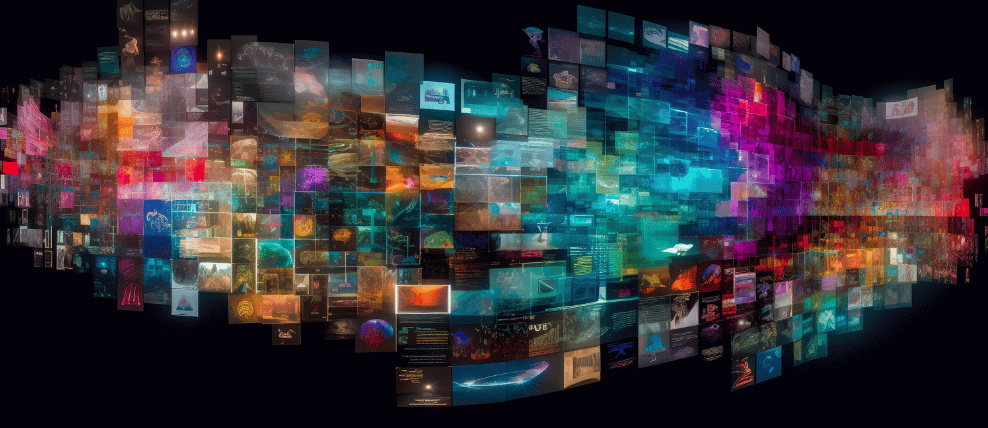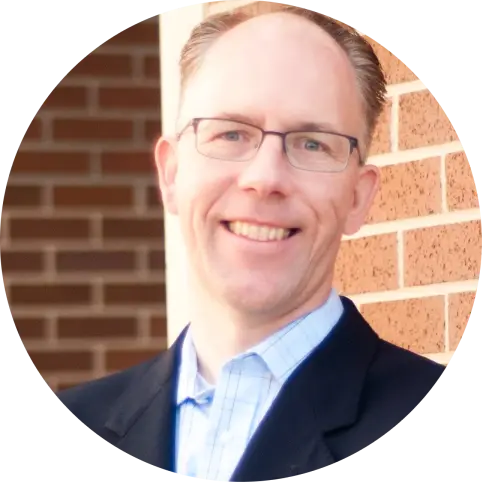
“It’s one more thing I don’t have time to learn.”
Unanswered questions about data privacy and security concerns also impacted those surveyed, including how data would be used and protected, as well as the security of any AI systems being adopted by the organization.
Finally, respondents identified inadequate organizational maturity as a reason for not using AI, including the right depth of change management expertise necessary to effectively implement AI technology in practice.
Regional AI Usage in Change Management
.webp?width=700&height=460&name=Regional%20AI%20Usage%20in%20Change%20Management%20Work-v2%20(1).webp) Our research of 656 respondents highlighted regional differences in AI usage, with professionals in Europe using AI in their change management practice the most, followed by the US, Australia/New Zealand and Canada respectively.
Our research of 656 respondents highlighted regional differences in AI usage, with professionals in Europe using AI in their change management practice the most, followed by the US, Australia/New Zealand and Canada respectively.
Of the 656 respondents, nearly all consultants reported using AI in change management work, with 81% using it at least moderately. Respondents use AI for a wide range of activities, including communications, content creation, assessment, training and change management plans. Respondents in healthcare, education, and finance report using AI most for communications. Additionally, those in education and finance also reported using AI for change management content creation.
Benefits of Using AI in Change Management
What are the impacts of AI on your change management work? That’s a key question worth considering.
In the early days of AI usage, key themes in the research ranged from increased efficiency to improved workload management. Respondents told us the tools they were using helped them become more efficient and productive by automating processes, quickly analyzing data, brainstorming ideas and outlines, generating draft communications and change management plans, improving response times, and much more.
Respondents continue to highlight these as the core benefits of using AI:
Impact of AI on Change Management Work

One study participant cited using AI as an “assistant” for workload management, much like those benefitting from Kaiya. Prosci’s AI-powered Kaiya is designed to be your personal change management assistant, leveraging our comprehensive knowledge base to accelerate your work and scale your impact. Whether you need help drafting key change messages, creating sponsorship strategies, or developing resistance management tactics, Kaiya is ready to help.
“Kaiya has turned 2-hour working sessions into 10-minute tasks. The time saving is incredible, and it makes me look like a rockstar.”
How Practitioners Use AI in Change Management Work
Change practitioners increasingly leverage AI in various aspects of change management work. AI helps streamline and automate tasks, speeds decision-making, and frees up time to focus on strategic and people-centered aspects of change.
The most common use cited in our research is improving change management communications and their impacts on change. AI enhances clarity, better aligns messaging with goals, and improves stakeholder understanding.
|
|
|
| 1. Communications Support (for existing content) |
Example: "Evaluate the tone of the CEO's announcement for all staff during a rebranding phase." |
| 2. Content Creation (for new content) |
Example: "Break down the complex topic of organizational restructuring into smaller segments for employees, focusing on individual impacts." |
| 3. Strategy and Planning |
Example: "Provide feedback on the proposed employee engagement strategy focusing on its impact on team morale." |
| 4. Automation and Efficiency |
Example: "Create a chatbot to collect feedback on new HR policies and answer questions from department managers." |
| 5. Data Analysis |
Example: "Perform an analysis of customer feedback on recent product launches to identify key themes in customer satisfaction and areas for improvement." |
Start Using AI in Change Management Work
Although AI holds extraordinary promise in the discipline of change management and beyond, AI adoption continues to be a challenge.
To address the AI adoption challenge, you can use a Force Field Analysis and ADKAR Canvas to identify driving and restraining forces and address them accordingly. Here’s how to build a Force Field Analysis:
- Define the Change
Clearly articulate the change, in this case, the adoption of AI in change management. - Identify Driving Forces
List all the factors that support the adoption of AI. Examples include increased efficiency and automation, enhanced communication and decision-making, and competitive advantage. - Identify Restraining Forces
List all the factors that resist the adoption of AI. Examples include data security and privacy concerns, lack of understanding or skills, and fear of job displacement. - Evaluate Forces
Assign scores to each force based on their strength or impact on the change (e.g., 1 to 5 scale). - Analyze and Prioritize
Determine which forces are most critical and need addressing. Focus on strengthening driving forces and reducing restraining forces. - Develop Action Plan
Create strategies to enhance driving forces and mitigate or eliminate restraining forces.
Now we can apply the ADKAR Model to strengthen driving forces and overcome restraining forces. Here are some examples of tactics you might use to overcome restraining forces at each stage of the ADKAR Model:
- Awareness
Conduct workshops and webinars to explain the benefits and necessity of AI. Share success stories of AI in change management. - Desire
Engage leadership to communicate the vision and benefits of AI. Address concerns and highlight personal benefits to employees. - Knowledge
Develop training modules on AI tools and applications. Provide resources and support for learning. - Ability
Implement hands-on training sessions. Assign mentors or coaches to support employees in applying their knowledge. - Reinforcement
Recognize and reward the successful use of AI. Continuously gather feedback and make improvements.
With a Force Field Analysis plus ADKAR Canvas, you can effectively plan for the adoption of AI in change management. For further insights, you can refer to the webinar on applying ADKAR to AI adoption challenges.
AI and Change Management Research From Prosci
Although AI feels new to many users, it's already a facet of disciplines everywhere, including change management. Our understanding of AI use continues to grow in depth and breadth of application at a rapid pace. As AI grows and evolves, our “living study” of AI and change management will continue to grow and evolve along with it.
Why should this matter to you? AI is part of how the world does business today. Understanding how AI can help you and how to address adoption challenges is critical to your organization's success.






